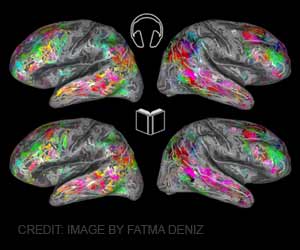Using functional magnetic resonance imaging, or fMRI, study looks for brain areas that are activated as memories are recalled, especially in the hippocampus.

‘Virtual reality was used to study the role of the hippocampus was in episodic memory linking both time and space.’





Dimsdale-Zucker and Professor Charan Ranganath at the UC Davis Center for Neuroscience and Department of Psychology are interested in how the brain assembles all the pieces of these memories. They use functional magnetic resonance imaging, or fMRI, to look for brain areas that are activated as memories are recalled, especially in the hippocampus, a small structure in the center of the brain. Study overview
For this study, Dimsdale-Zucker used architectural sketching software to build houses in a 3-D virtual environment. The subjects watched a series of videos in which they went into one house then another. In each video, different objects were positioned within the houses. The subjects therefore memorized the objects in two contexts: which video (episodic memory) and which house (spatial memory).
In the second phase of the study, the subjects were asked to try to remember the objects while they were scanned by fMRI.
Being asked about the objects spontaneously reactivated contextual information, Dimsdale-Zucker said. Different regions of the hippocampus were activated for different kinds of information: One area, CA1, was associated with representing shared information about contexts (e.g., objects that were in the same video); another, distinct area was linked to representing differences in context.
Advertisement
Another interesting finding was that in this study, the hippocampus was involved in episodic memories linking both time and space, she said. Conventional thinking has been that the hippocampus codes primarily for spatial memories, for example those involved in navigation.
Advertisement
Source-Eurekalert









